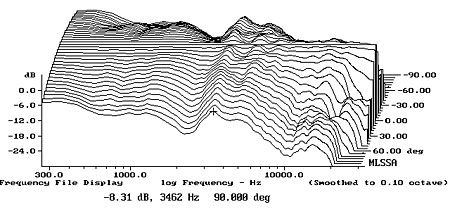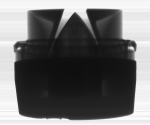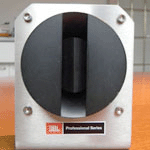I basically think there are two types of quality. Objective, meaning technical performance. Subjective, meaning how you experience things.
The objective one is easy and quite self explanatory imo.
The subjective bit is a bit more hairy. My view is that regardless of the amount of placebo, snakeoil, and other mumbo jumbo involved, an individual's experience can not be questioned. It might be that you're imagening things, but the experience is no less real. A lot of people is not interested in how things work, and how the flare ratio of a horn does "something". They are after a good musical experience, and even if they cash out alot of money on seomthing that doesn't really do anything, it might just give them the experience they are looking for.
PS: I'm somewhere in between those two, with emphasis towards the first.




 Reply With Quote
Reply With Quote













